THM asked Dr Andrew McLean what are the ten most important Principles to consider when we are interacting with our horses – here they are.
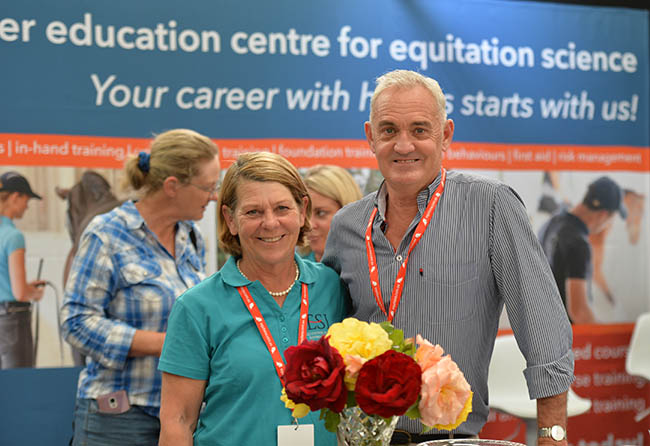
Manuela McLean, NCAS Level 2 (Dressage Specialist), BSc (Biology), Dip Ed and Dr Andrew McLean, PhD (Equine Cognition & Learning), BSc (Zoology), Dip Ed
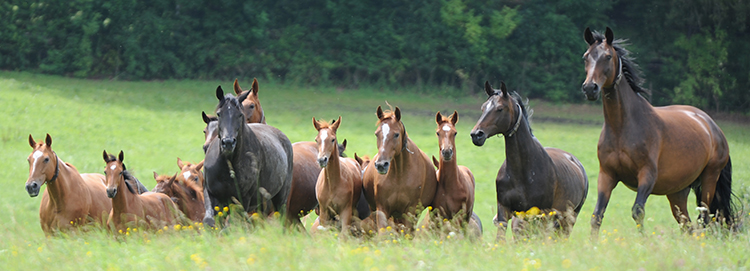
Principle 1: Optimally, horses should kept with/next to other horses; fed forage for an average 13 hours a day, kept in large areas if possible, rather than stables.
Horse people should not over estimate equine intelligence i.e. ‘he knows what he did wrong,’ or use delayed rewards or punishment, or underestimate horse intelligence -‘ you can do what you like to horses because they have no emotions and they can’t suffer.’
Principle 2: With negative reinforcement it’s the release of pressure that trains, and so it’s essential to release pressure for the required response. Whenever pressure is removed, you are rewarding the behaviour, even when horses invade your space and you retreat. Food rewards, if used, should be immediate on the response or they can follow a secondary reinforcer such as a voice or clicker that must be immediate on the response. Punishment should be avoided, however if used it must be immediate on the response. And classical conditioning means that aids should be miniaturised to light versions of pressure, and then converted to whatever cues you choose.
Principle 3: Make sure signals for all separate responses and movements are possible for the horse to discriminate.
Principle 4: Build complex responses gradually, in easy steps from the beginning simple one.
Principle 5: Don’t use two different aids at once. Each aid should elicit a particular response. In most cases it will be a limb movement that occurs in a discreet moment in each particular gait. Even in a pirouette, aids should follow the sequence for perfect execution.
Principle 6: Make sure each response has its own unique signal.
Principle 7: Be consistent so that in training you ask for the response in the same way, and place, each time and build habits.
Principle 8: Train the horse to keep going until you tell him otherwise (so you’re not continually nagging him). This is self-carriage. If you let the reins go for a couple of steps, his speed, line and head/neck position should not change.
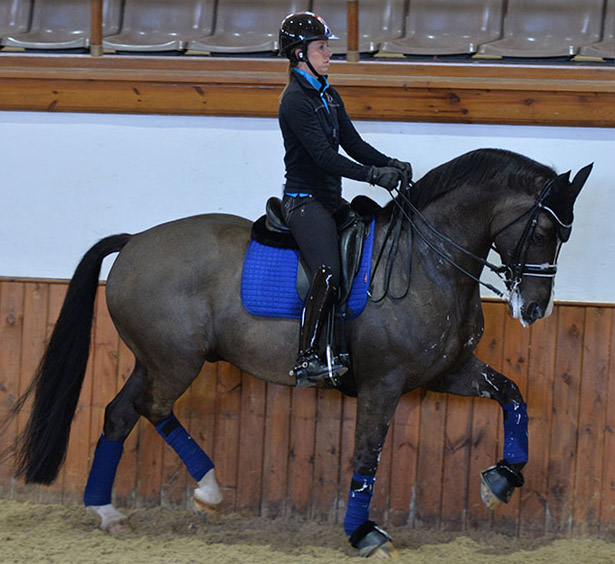
Quiet legs, quiet hands = self-carriage
Principle 9: Avoid fear responses as much as possible in training, and use slowing signals to disentangle fear from responses – if horse bucks or bolts or shows any fast legs, slow them!
Principle 10: Don’t let the horse get more stressed than necessary to produce a response. Keep arousal levels as low as possible with regard to the response you are training. Some behaviours/responses will arouse more than others.
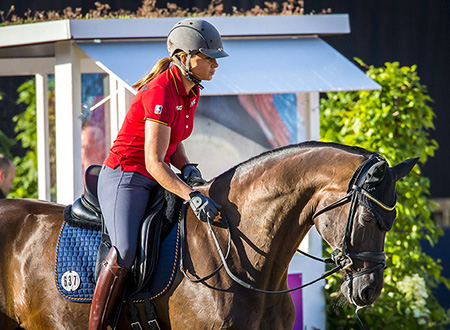
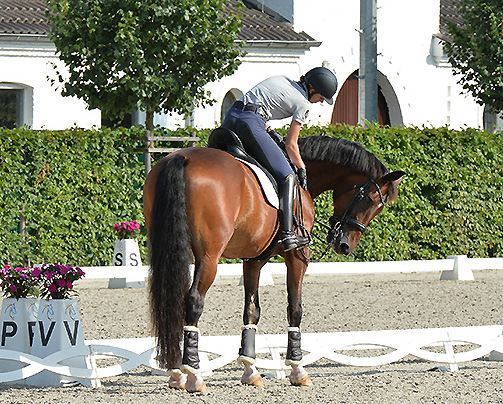
And there’s lots more wisdom from Andrew McLean here:

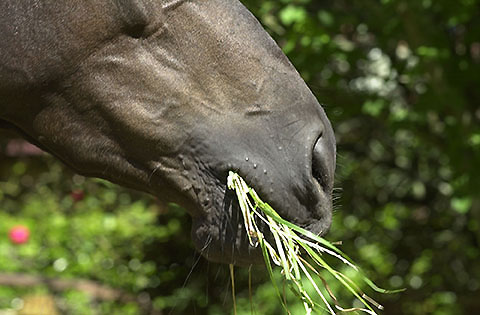
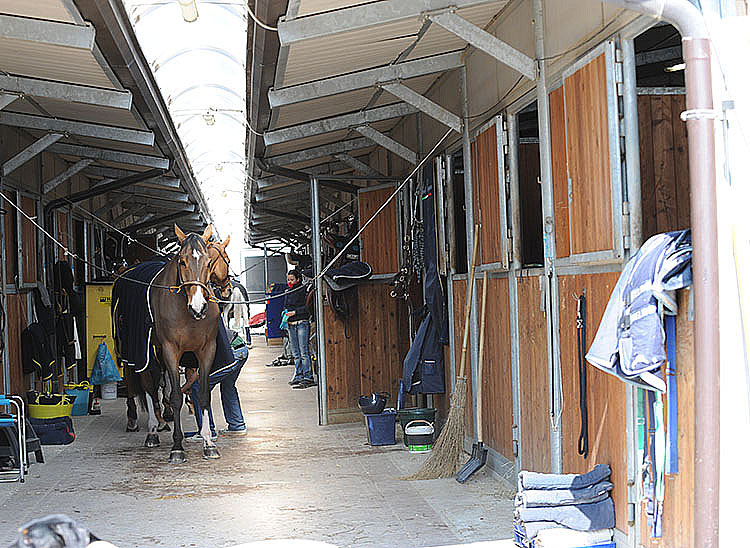
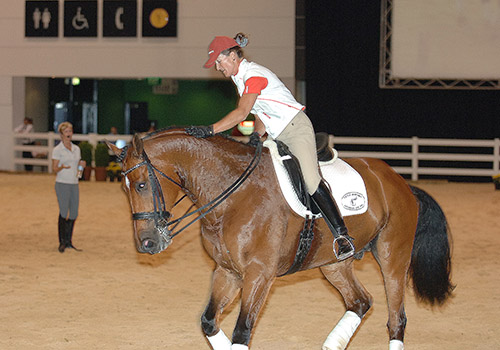
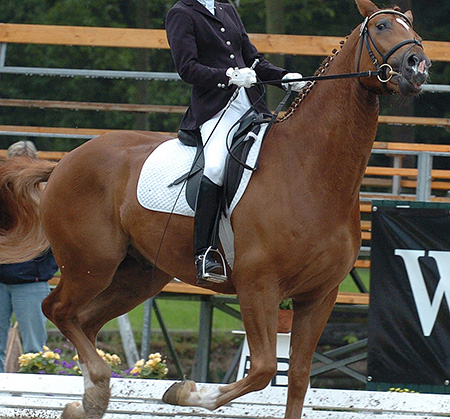
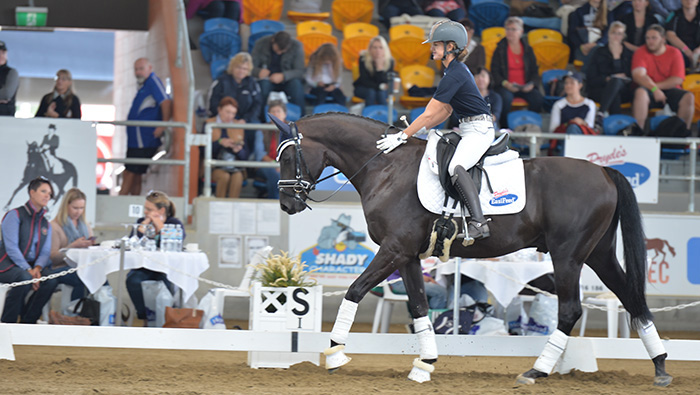
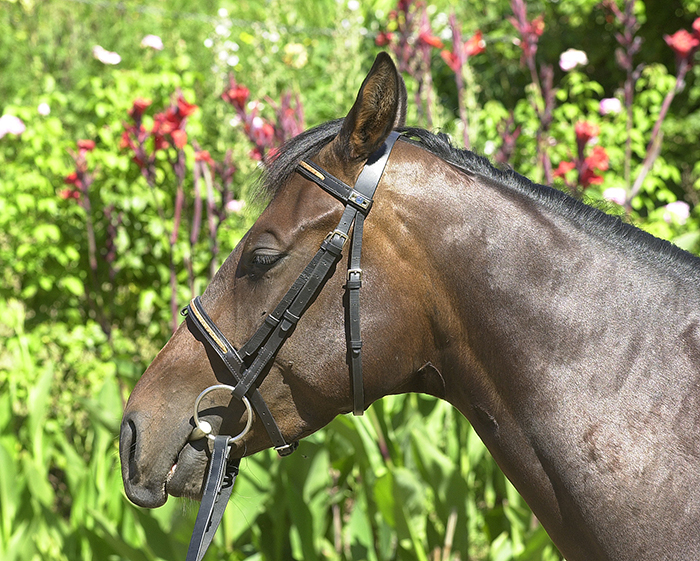

I want to keep my horse going forwards
But it hard to get him to go forwards ?
How do I keep him forwards without continually nagging him
This is what we have to work at every day..